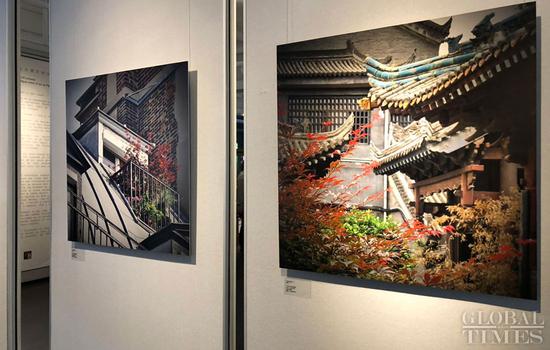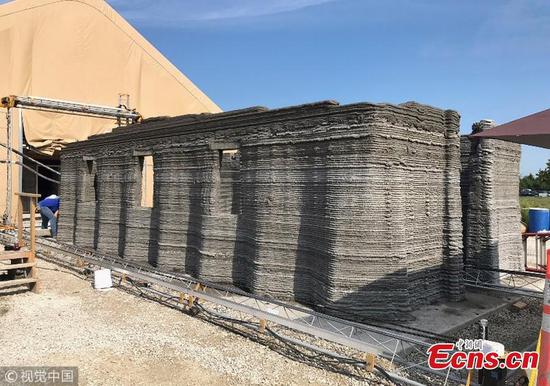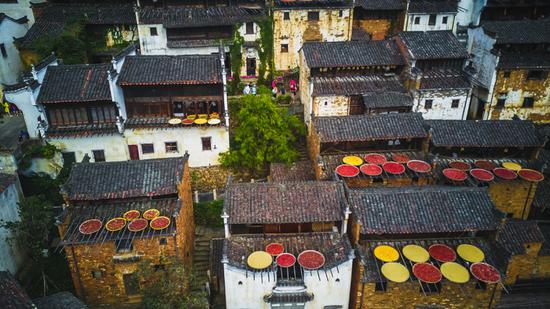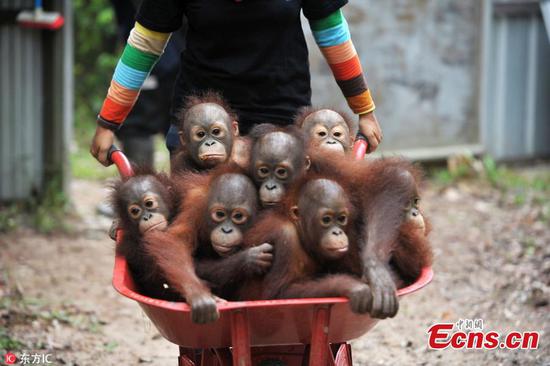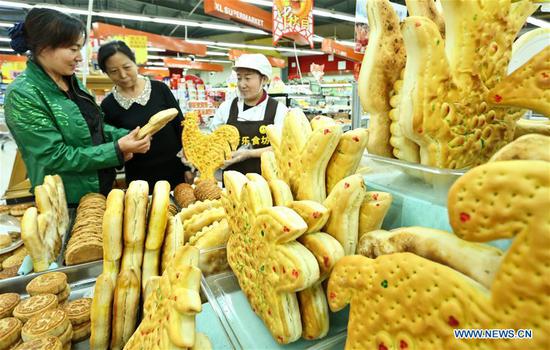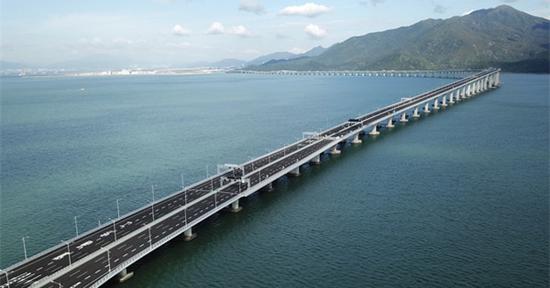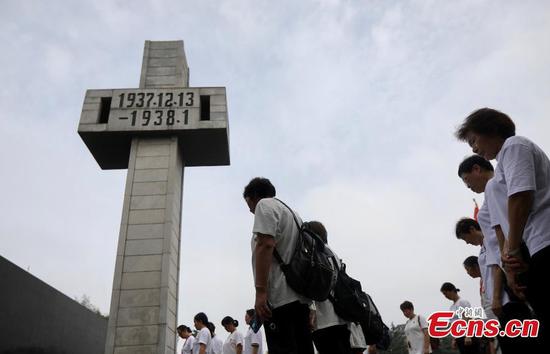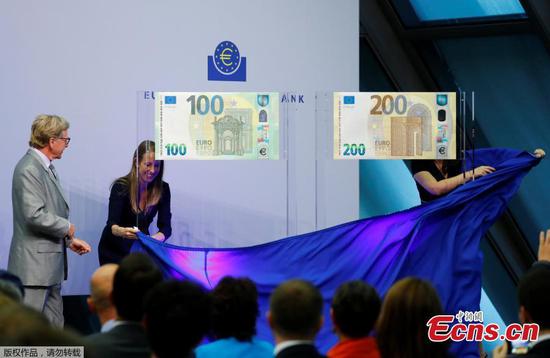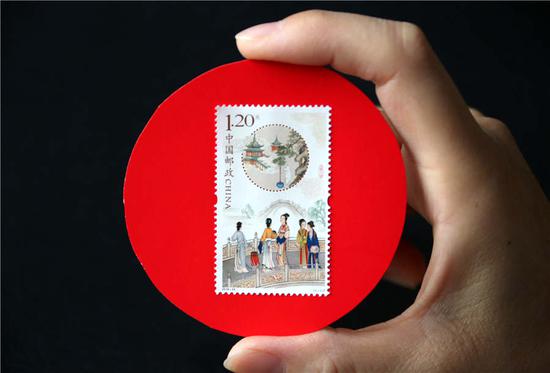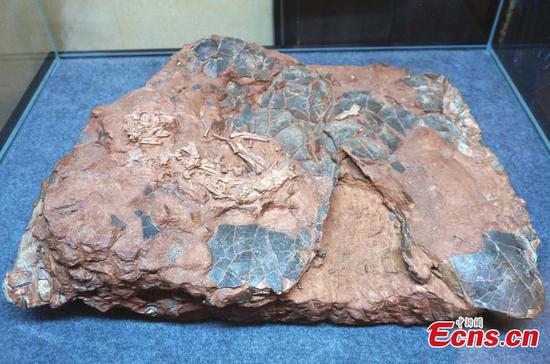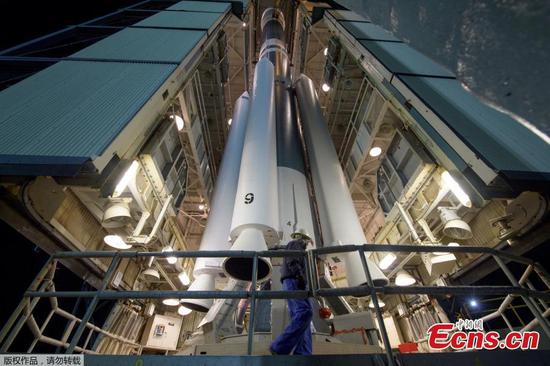Shanghai often strikes people as a hyper-modern metropolis, its glamour crystallized in the skyline of Lujiazui, a financial district in Pudong with a forest of high-rise buildings that serve as the background of the tens of thousands of tourist selfies taken every day along the Bund.

But Pudong, literally meaning "eastern Huangpu River," as opposite to Puxi, has a past only known to native Shanghaiers. And for those who lived through its short 28 years of history, the changes are all too clear.
"At the time people would prefer a bed in Puxi to a room in Pudong. Transportation was bad, and it used to take two hours to commute to work in Puxi. The roads were narrow and the ferry was always crowded. No one wanted to come," native Lujiazui resident Zhu Baofeng told CGTN, "It's completely different today. Now in Lujiazui alone we have five tunnels. The roads have all broadened, too."

The changes were a direct result of the Chinese leaders' decision in 1990 to develop and open up Pudong as a new area where China's economic reform could be trialed.
Now spanning 1,210 square kilometers, Pudong contributes to nearly 1/3 of Shanghai's GDP and its annual growth from 1990 to 2017 averages 15.1 percent, driven mostly by emerging strategic industries. Where large swathes of farmland and village houses used to be, now stand Pudong's landmark skyscrapers, high-tech parks and free trade zones.

Pudong's development also went hand in hand with its continuous opening up to foreign investment and talents.
In 2017, for example, it established China's first Administration of Overseas Talents, which piloted schemes to speed up or simplify the work permit and green card application processes for foreign talents.
Now Pudong is home to nearly 100,000 foreigners and more than 30,000 foreign companies, and is seen as one of the most foreigner-friendly areas in China.

"Without contribution from these new Shanghaiers, Pudong's pace of development would have not been as fast," said native Pudong resident Zhu Baofeng.









